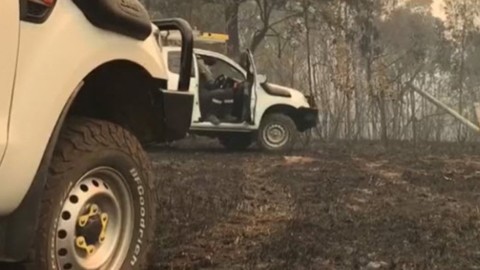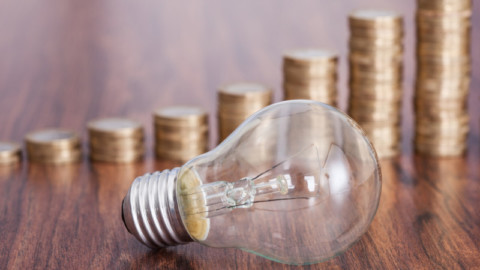A report from Geoscience Australia has shown that the nation has retained its status as a global leader in the energy supply chain, with promising increases in renewable energy production.
Australia’s Energy Commodity Resources assessment 2023 (AECR 2023), provides a snapshot of Australia’s non-renewable energy resources, including gas, oil, uranium and coal, as at the end of 2021. It also reports on clean technologies such as hydrogen production and carbon capture use and storage (CCUS).
While AECR 2023 shows the downward effect of the COVID-19 pandemic on Australia’s production and export of energy commodities in 2021, the trend was not seen across Australia’s renewable energy production, which increased by 10.4 per cent.
According to AECR 2023, the number of hydrogen projects that are operational or in development in Australia increased by 34 per cent in 2021.
This includes a world-first project, the Hydrogen Energy Supply Chain (HESC) project in the Gippsland Basin, which successfully demonstrated the feasibility of producing clean liquid hydrogen from brown coal resources.
Federal Minister for Resources and Minister for Northern Australia, Madeleine King, said Australia is a reliable trade and investment partner with a diverse mix of energy resources, strong exports and the potential for significant renewable energy production.
“While our traditional energy resources have an essential role in supporting the transition to net zero emissions, they also contribute to our future energy security,” Ms King said.
“In 2021, Australia maintained its position as one of the world’s largest exporters of liquified natural gas, as well as the world’s largest exporter of metallurgical coal and second largest exporter of thermal coal.
“Perhaps most excitingly is the expansion of clean energy projects here in Australia.
“The Federal Government remains committed to achieving net zero emissions by 2050, and investment in new clean energy projects, including carbon capture and storage (CCS) and zero and low emissions hydrogen projects, continues to grow.”
There is already significant interest in Australia’s future hydrogen production, with between $230 and $300 billion currently in the investment pipeline for hydrogen and its derivatives, as well as $1.9 billion through the Powering the Regions Fund to help industry reduce their carbon emissions through projects like CCS or hydrogen, and the new $2 billion Hydrogen Headstart program to scale up development of Australia’s renewable hydrogen industry.
Geoscience Australia is currently mapping the distribution of potential hydrogen geological storage sites and identifying Australia’s CCS potential under its Exploring for the Future (EFTF) program.
“Programs like EFTF help to fill the gaps about Australia’s geology,” Mr King said.
“This reduces the risk to explorers and helps to ensure diverse energy resources are being supplied, shoring up our nation’s energy security for years to come.
“As we look to the future, AECR provides an overview of how our geology may support hydrogen production and carbon capture and storage technology to achieve our net zero carbon emissions and decarbonise Australia’s economy.”
The AECR 2023 digital publication is available here: AECR 2023
















